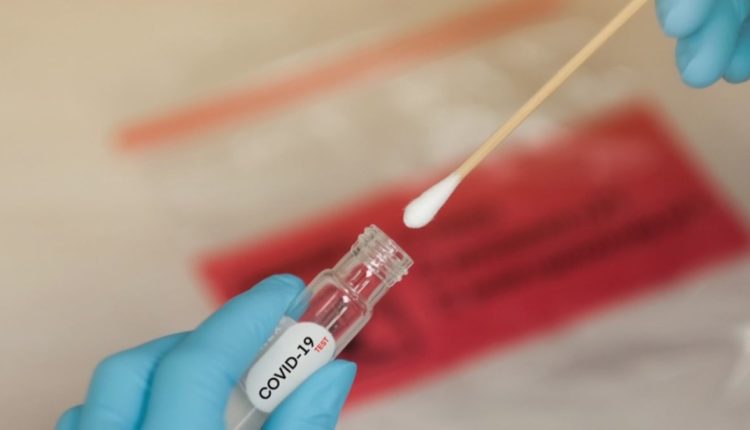UC San Diego’s wastewater screening program detected 85% of COVID-19 cases on campus early, allowing for timely testing, contact tracing and isolation, it was announced Wednesday.
People infected with SARS-CoV-2, the virus that causes COVID-19, are known to shed it in their stools, even if they aren’t experiencing any symptoms. UCSD School of Medicine researchers have been screening wastewater from campus buildings for signs of the virus since summer 2020, thinking the information could help prevent outbreaks.
Screening for SARS-CoV-2 in wastewater — part of the university’s “Return to Learn” program — researchers showed they can detect even a single infected, asymptomatic person living or working in a large building.
Notification to occupants of each building with positive wastewater increased COVID-19 testing rates by as much as 13-fold. Once an occupant tested positive,
isolation and contact tracing helped prevent further spread of the virus.
“University campuses especially benefit from wastewater surveillance as a means to avert COVID-19 outbreaks, as they’re full of largely asymptomatic populations, and are potential hot spots for transmission that necessitate frequent diagnostic testing,” said first author Smruthi Karthikeyan, an environmental engineer and postdoctoral researcher at UCSD School of Medicine.
Karthikeyan led the study with senior author Rob Knight, professor and director of the Center for Microbiome Innovation at UCSD.
Every morning, a team of students and staff in matching T-shirts deploy across campus on golf carts to collect sewage samples from 126 collection robots set up to monitor 350 buildings. By 10 a.m., they return to Knight’s lab.
There, Karthikeyan and team process the sewage using a different kind of robot, which concentrates the virus using magnetic nanoparticles, then extracts RNA — the genetic material that makes up the genomes of viruses like SARS-CoV-2 — from the samples. Polymerase chain reaction testing is used to search for the virus’ signature genes.
When the virus is detected, automated but targeted messages are sent through a campus-wide system to persons associated with affected buildings, such as students, staff and faculty, recommending they be tested for the virus as soon as possible. The data are added to a public dashboard.
Since its inception, the team has worked constantly to optimize the process, Karthikeyan said. The current automated approach has dramatically reduced the sample-to-result turnaround time 20-fold; now five hours for 96 samples. By miniaturizing the samples, the researchers have reduced processing costs to $13 per sample. The next step, Knight said, will be to deploy rapid methods to test for SARS-CoV-2 variants, including Delta, in real time.
“This system demonstrates how the many different parts of UC San Diego can work together as a system to keep (the) campus safe,” Knight said.
“… We are now helping other campuses and organizations replicate this success, which has potential not just for COVID-19, but for many other stool-borne pathogens, including influenza, in future,” he concluded.
UCSD’s Return to Learn program is an evidence-based approach which was intended to allow the university to offer on-campus housing and in-person classes and research opportunities during the pandemic.
With about 10,000 students on campus during the 2020-21 academic year, the components of the program kept COVID-19 case rates lower than the surrounding community and compared to most college campuses, maintaining a positivity rate of less than 1% during that time, officials said.


Comments are closed.